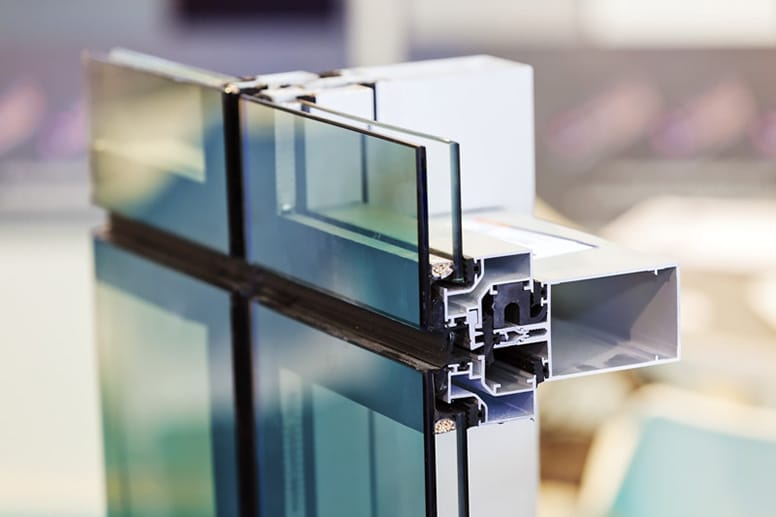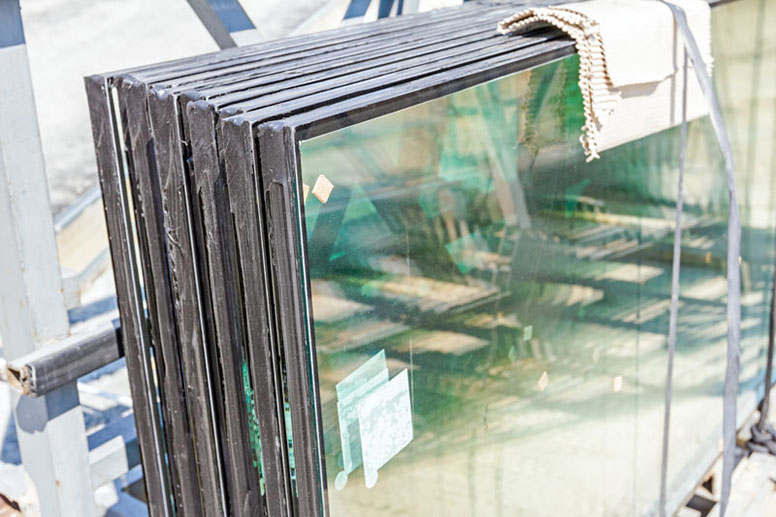
What are double glazed windows?
Double glazed windows. It’s a term you might have heard from friends who are building a home or people you know in the construction industry, but what are they exactly?
In simplest terms, they are windows that have two panes of glass within a single window frame. These two pieces of glass are separated by a spacer, which creates a gap that is filled with air or gas.
This gap is sealed to create an insulated break between the inner and outer pieces of glass.
Want to find out what makes them so popular and to learn a little more about what they are? Then read on – this is the ultimate guide to understanding double glazing.
How do double glazed windows work?
The gas or air that sits between the two panes of glass works like insulation.
Air and gas are great insulators because they don’t conduct heat well, stopping temperatures from transferring from outside the window to the inside, and vice-versa. This allows you to keep your home cool in summer and warm in winter.
Why should I get them?
The insulating power of double glazing is what makes it so popular as a window choice.
Its thermal insulating power means your heating and cooling systems will be more efficient, in turn, increasing your homes energy efficiency. As a rule, double glazed windows are about 20 times more efficient than single glazed windows.
Double glazed windows are often more expensive to purchase than single glazed. However, their increased energy efficiency will end up saving you substantial money on your power bills over the course of the window’s life, making them more cost-effective in the long run.
Double glazed windows also minimise noise, meaning they’re a great addition for any home where you have neighbours close by. This gives you privacy and blocks out the sounds of traffic from busy roads and airplanes

What’s in between the panes?
As mentioned above, the gap is filled with vacuum sealed air or gas.
When comparing gas to air, it’s worth nothing that gas offers better insulation properties, significantly improving the window’s performance. Argon is most commonly used because it’s not a good conductor of heat or sound.
Gas is also more popular, as the moisture in air particles can often lead to condensation appearing on the inside of the glass panes from time to time. Opting for gas between the panes will help you avoid this situation.
How much space is between the panes?
The distance between panes will impact how effective your window is in providing thermal and noise insulation. The gap usually ranges between 6mm and 20mm, with a 12mm distance often considered the best for thermal insulation
If you’re more concerned about noise control, then choose a window with a gap close to 150mm for your house. This will be great at reducing noise but will mean your windows will be less effective as an insulator.

What type of glass is used?
A host of different types of glass can be used for the window panes. It’s worth noting that you can select additional laminates, tints and films to increase the thermal efficiency of your windows.
For instance, you could apply a solar film to the window’s exterior, which will reduce ultra-violet rays by up to 22%. Laminates and films have also been proven to further increase sound insulation and acoustic performance.
How much does it cost?
As you can see, when it comes to double glazing, there are a host of options. Fortunately, there’s a range of cost affordable styles and installation methods for new windows.
So, if you are interested in learning more, it’s worth reaching out to professionals for an accurate quote and assessment of your options. If you’re in Perth, or even throughout Western Australia, the team at Action Glass will be only too happy to help.














